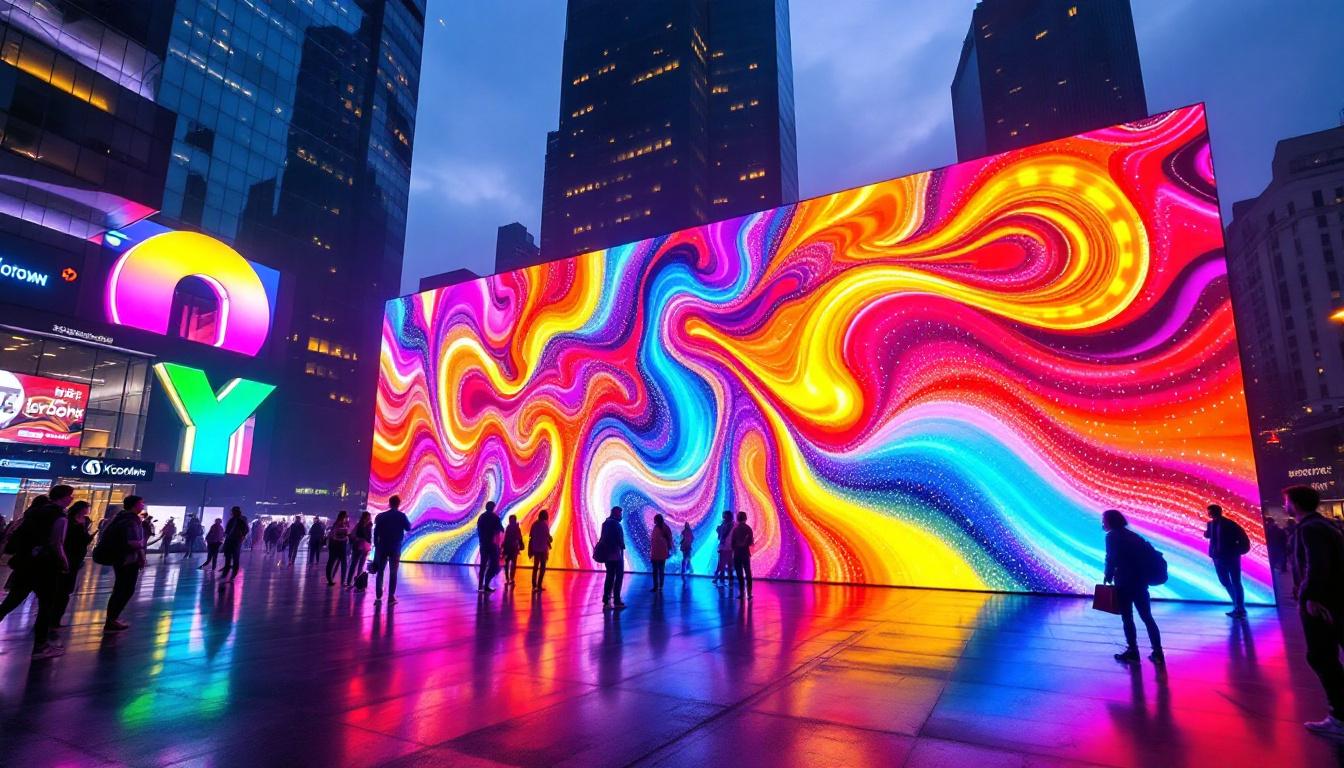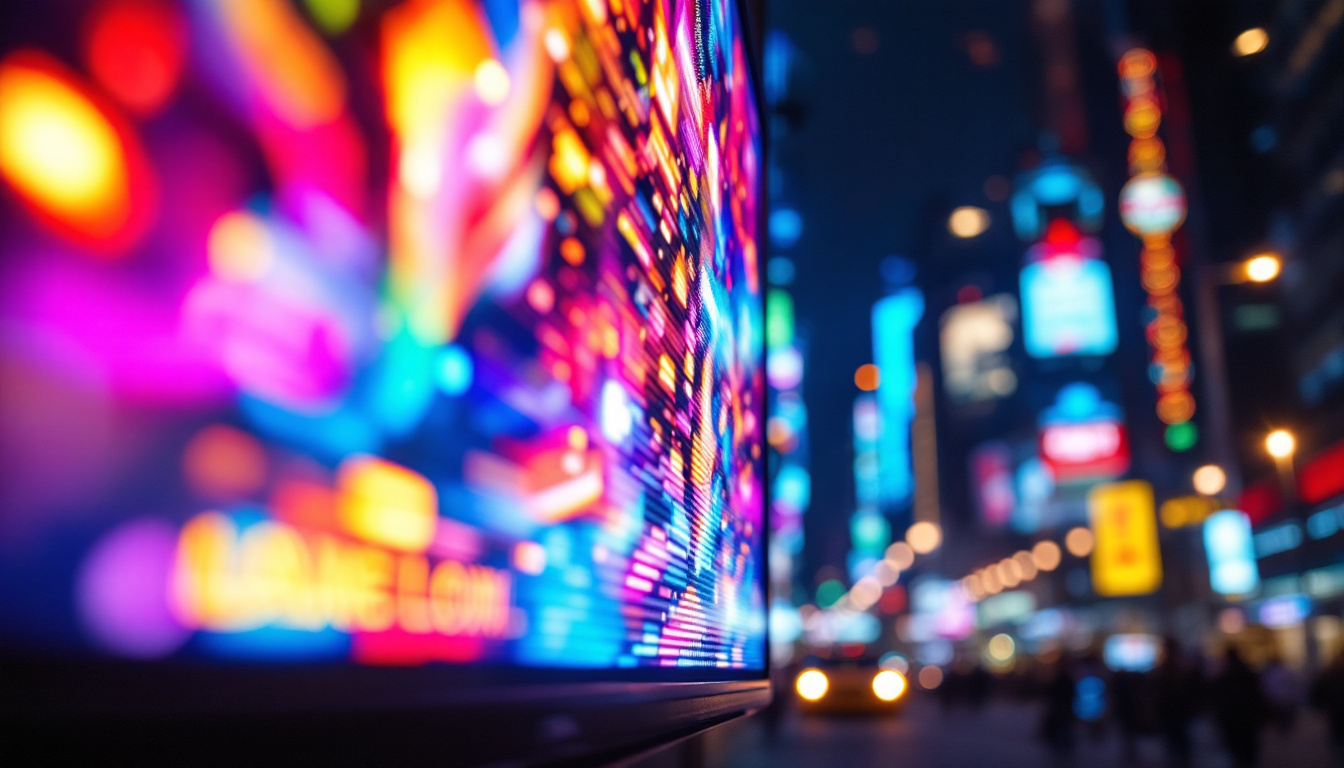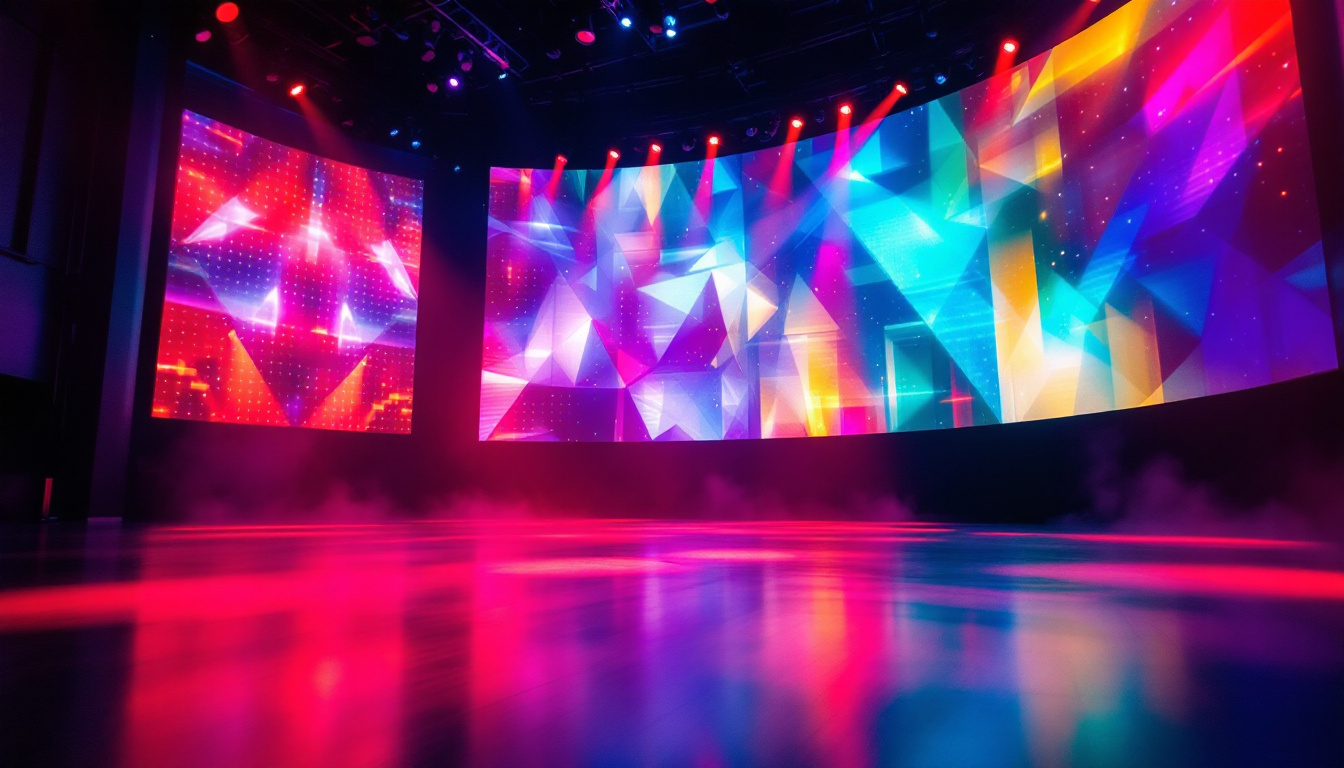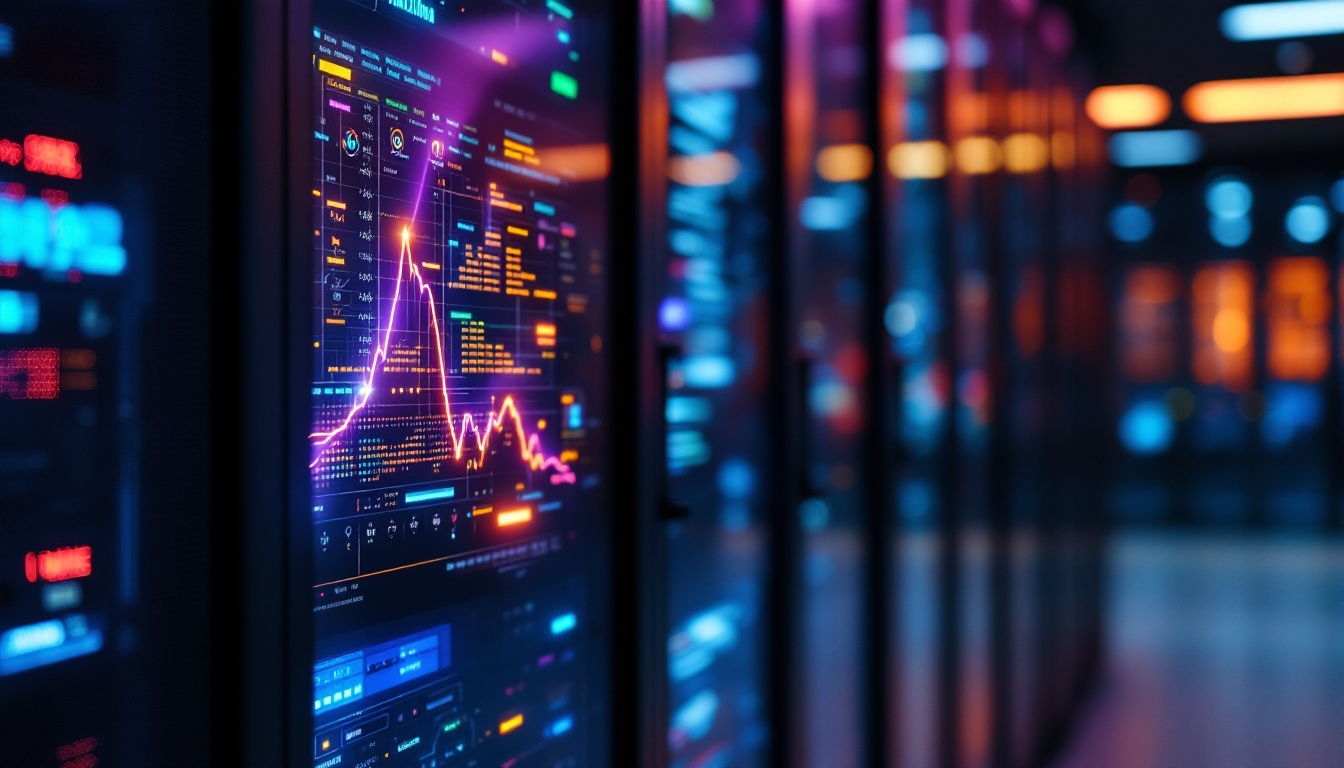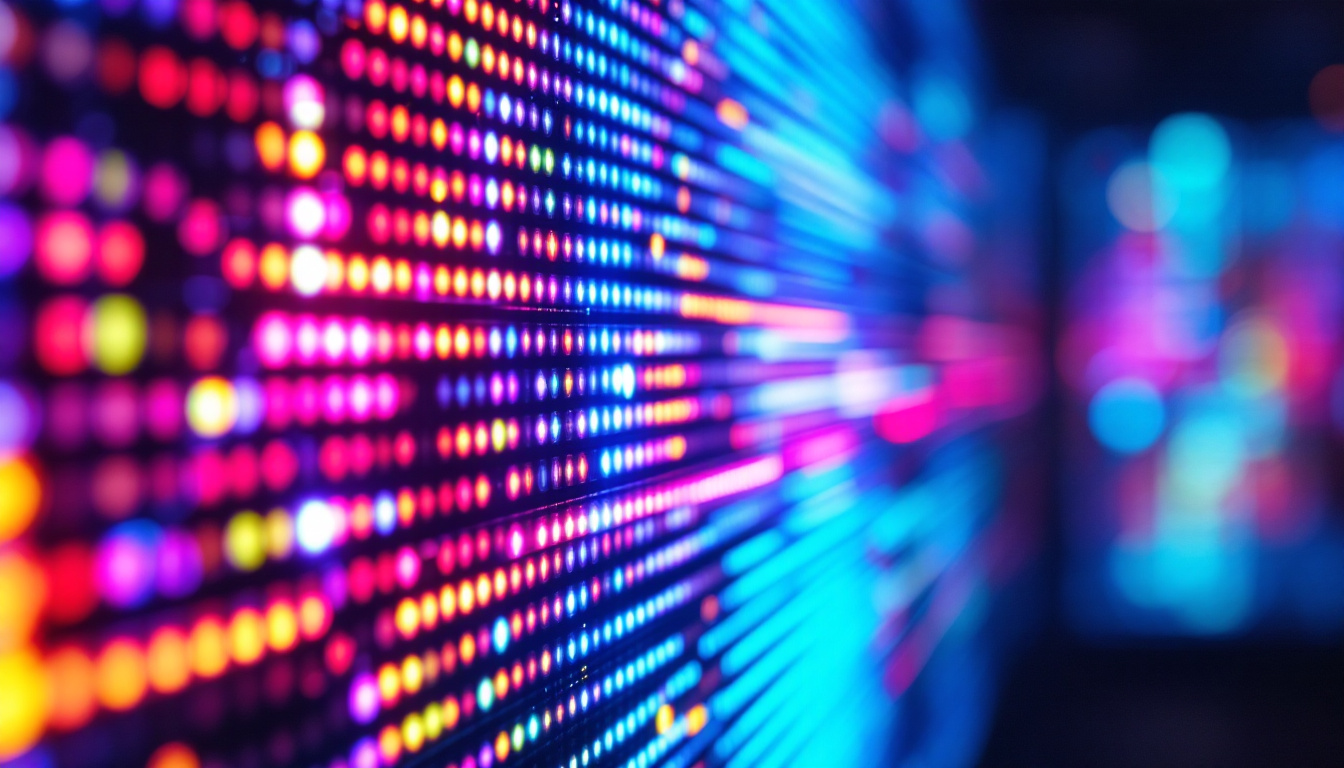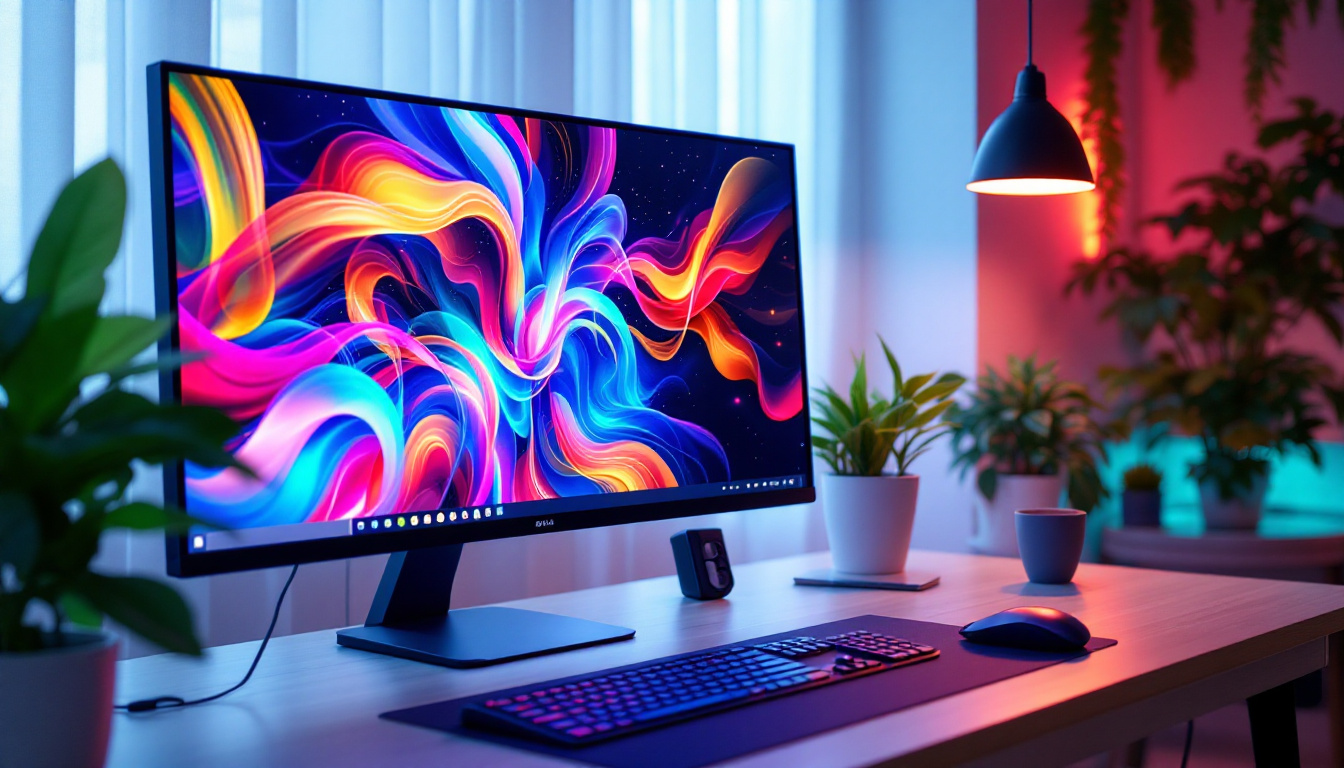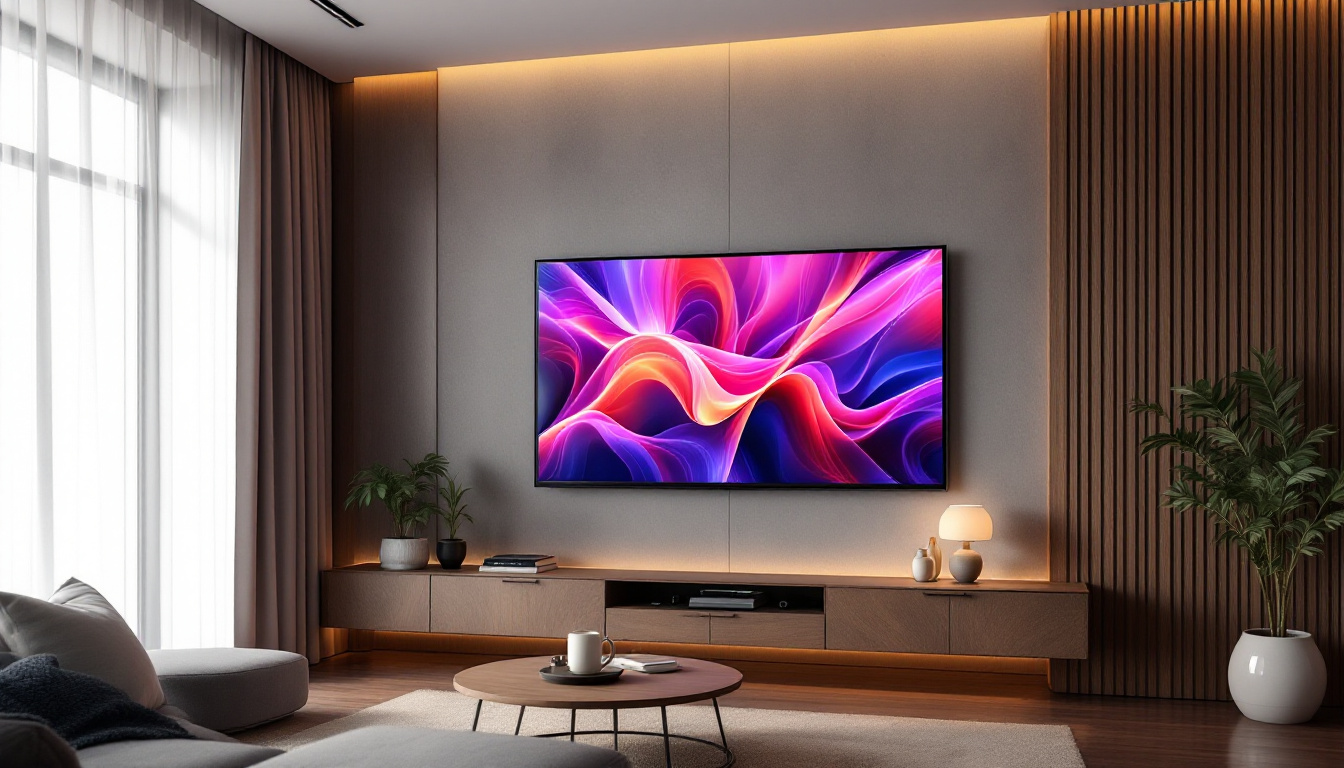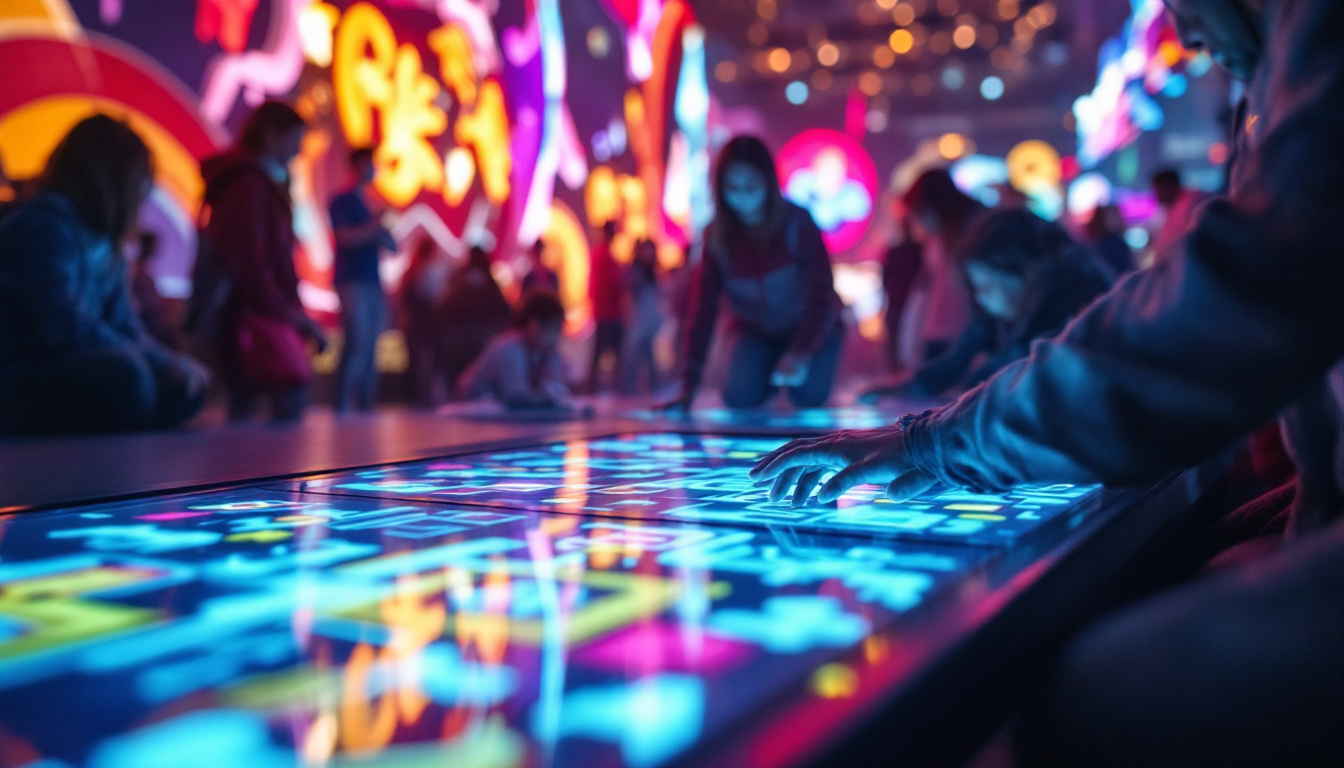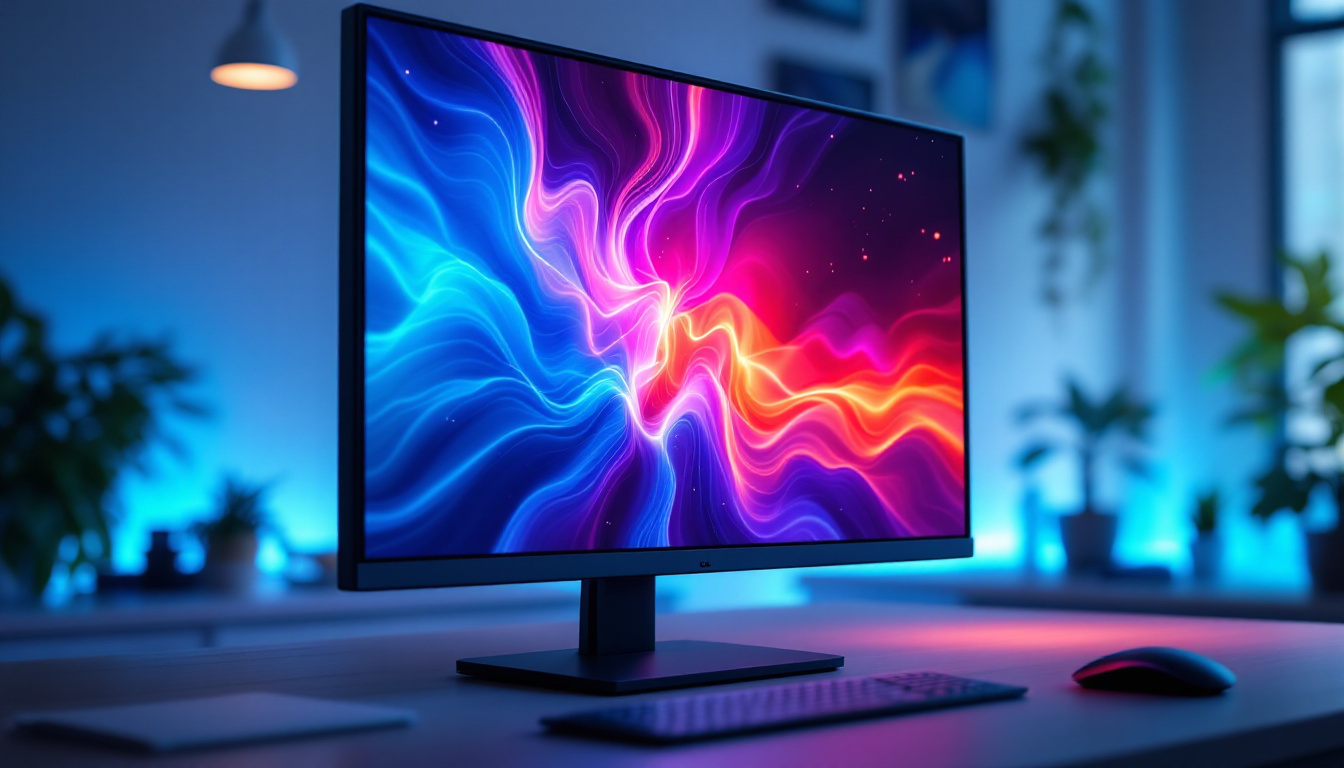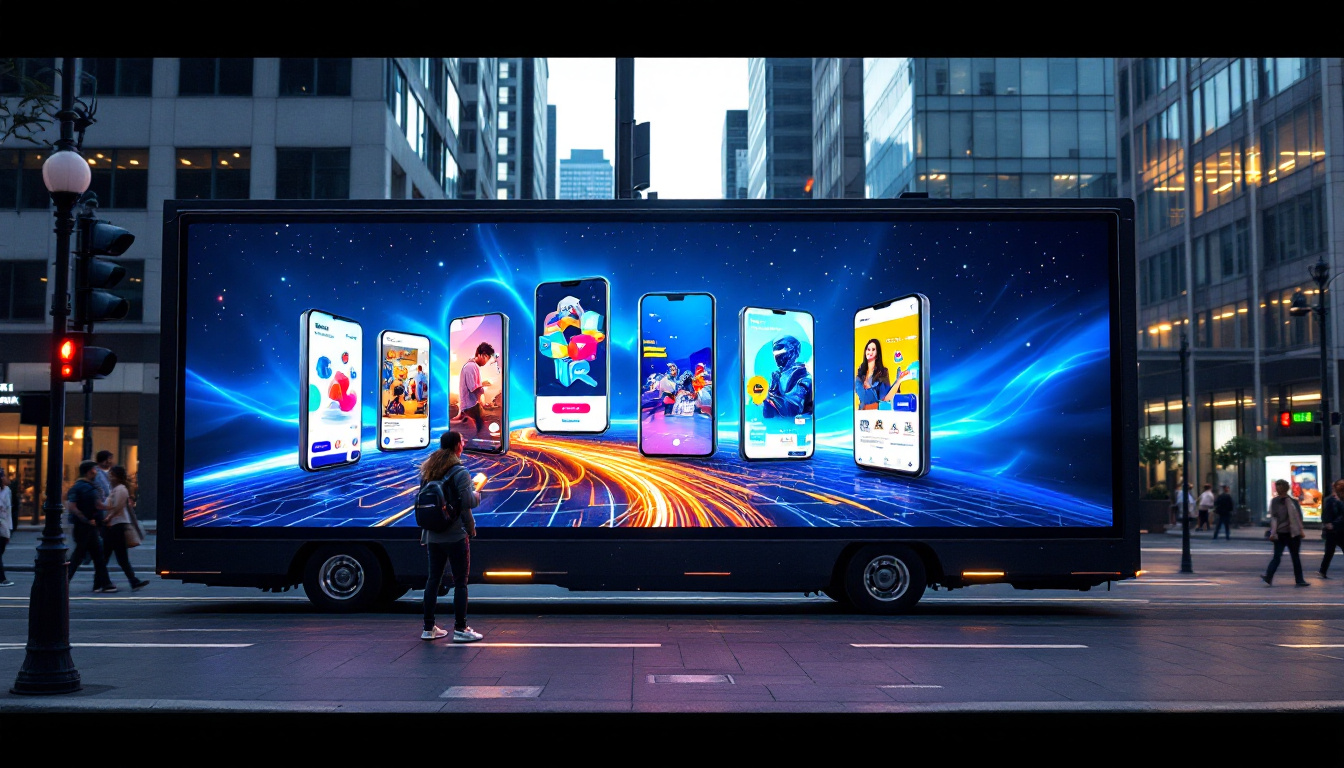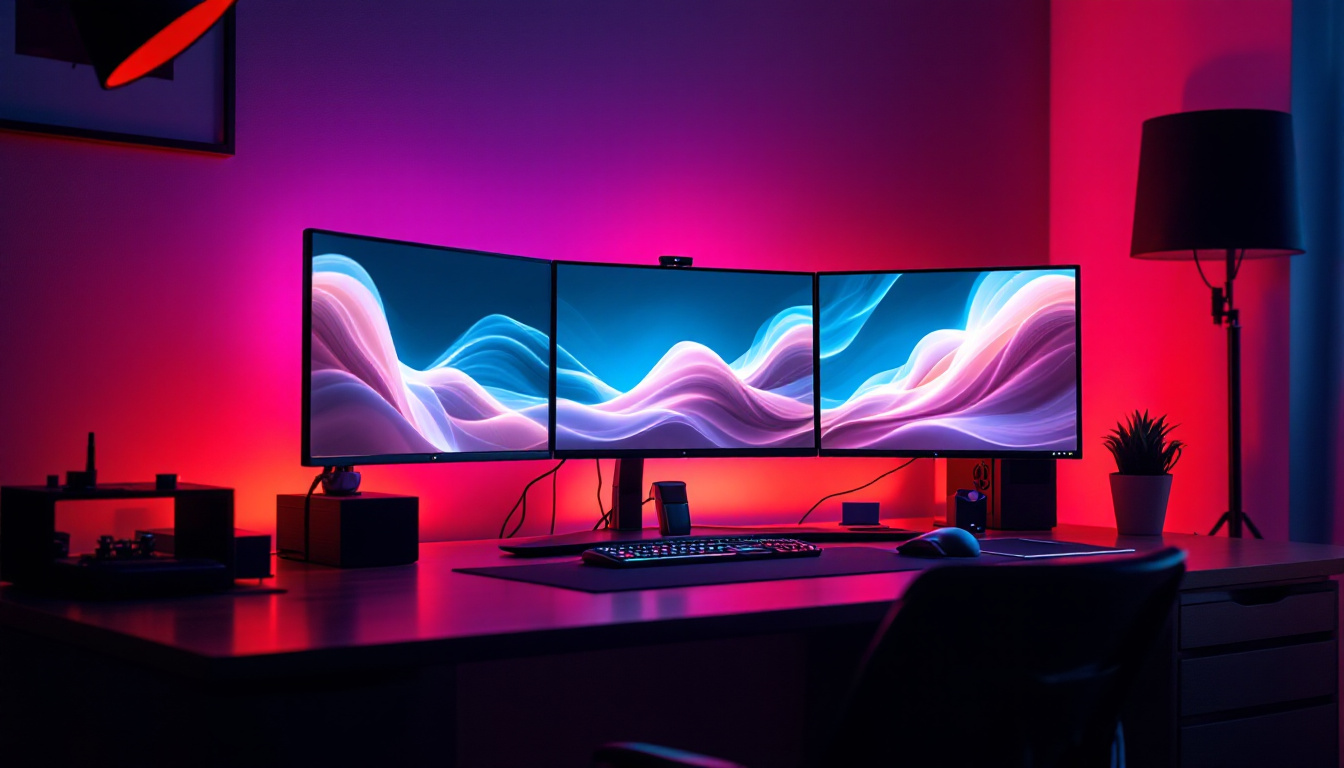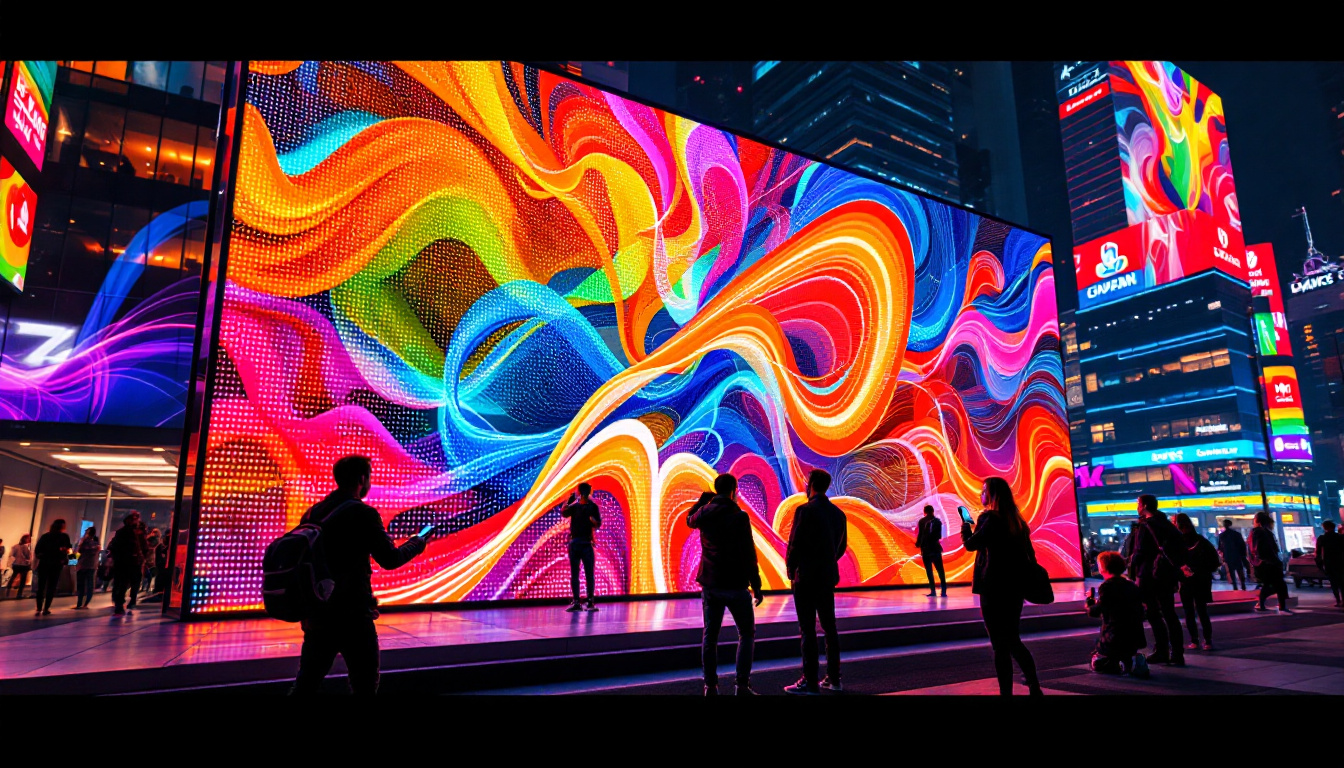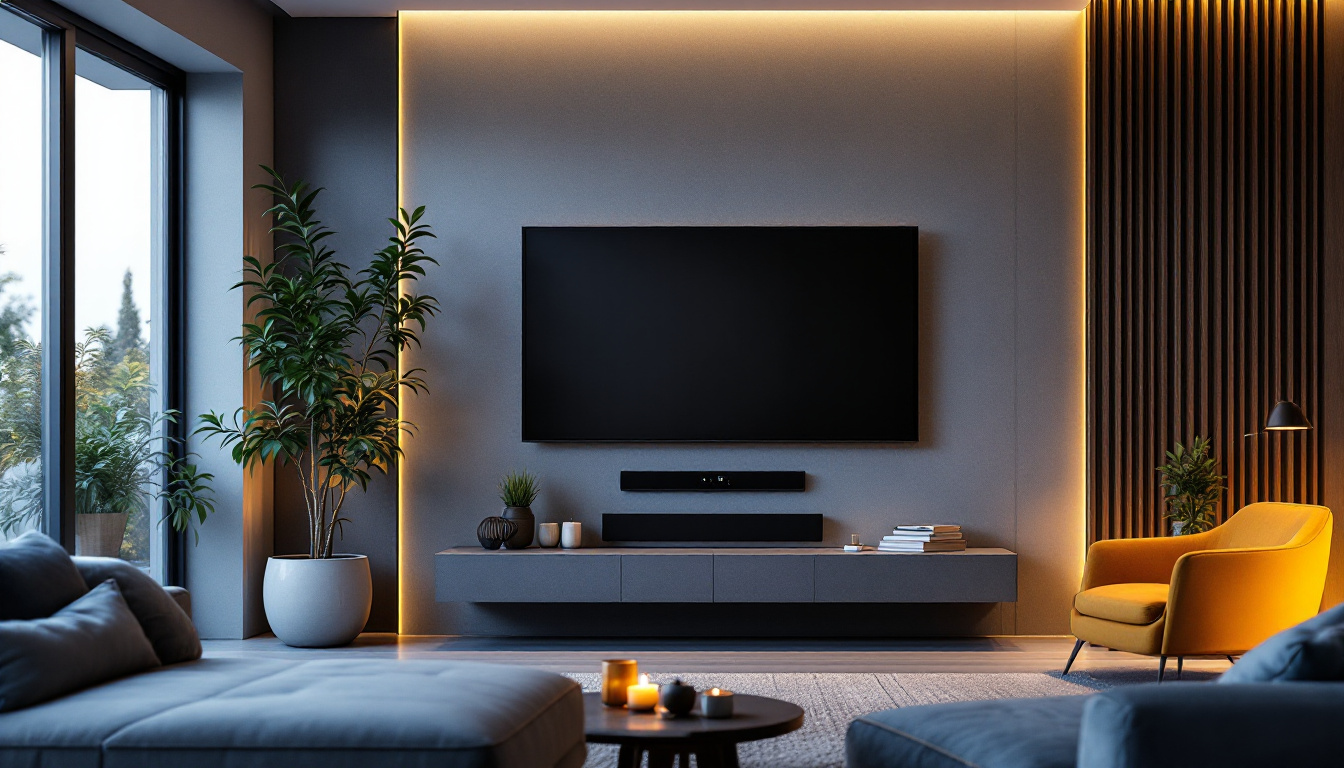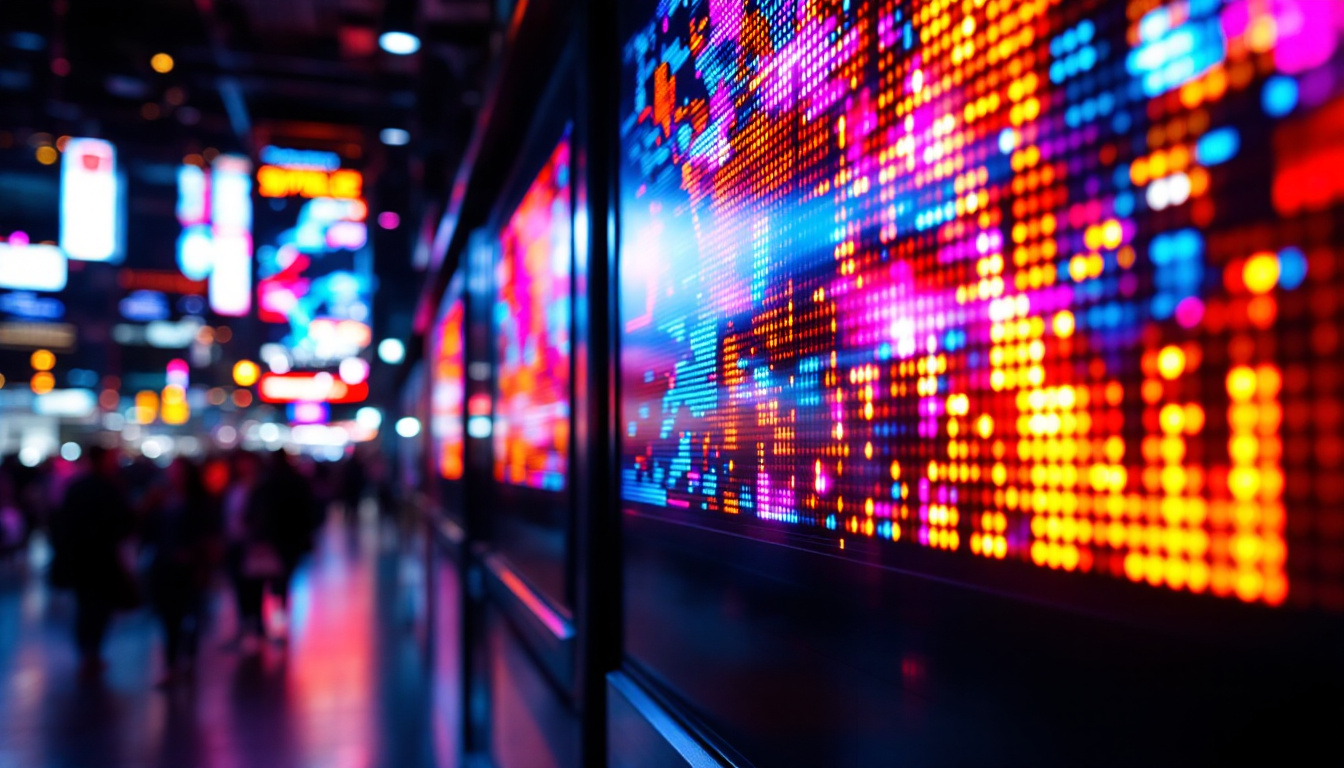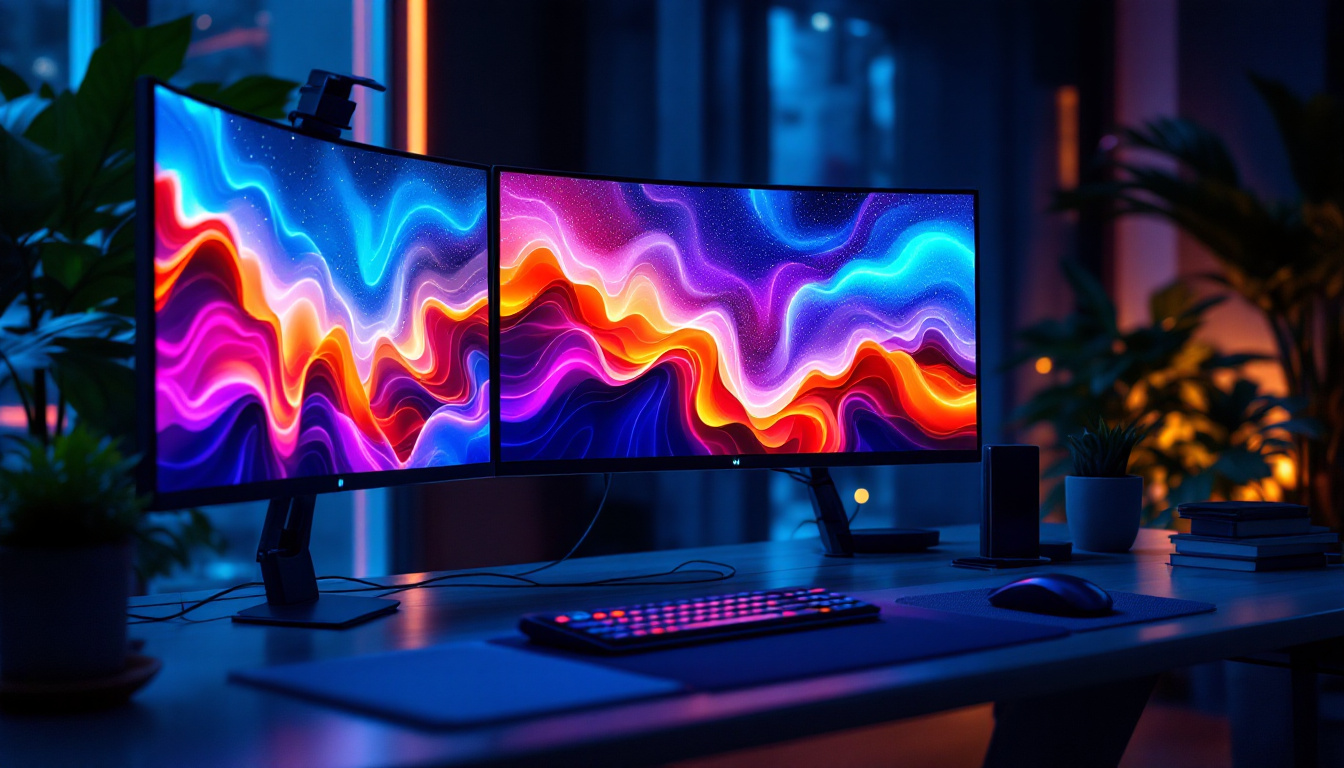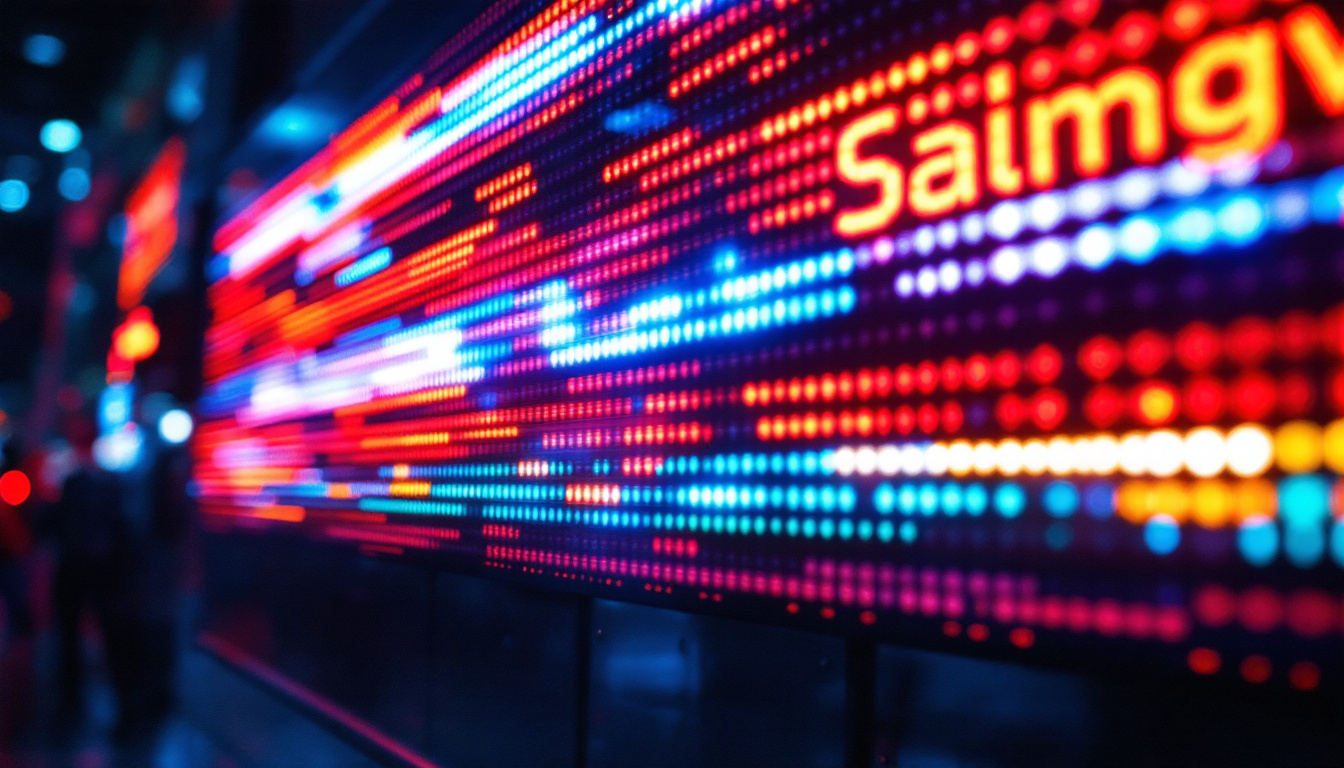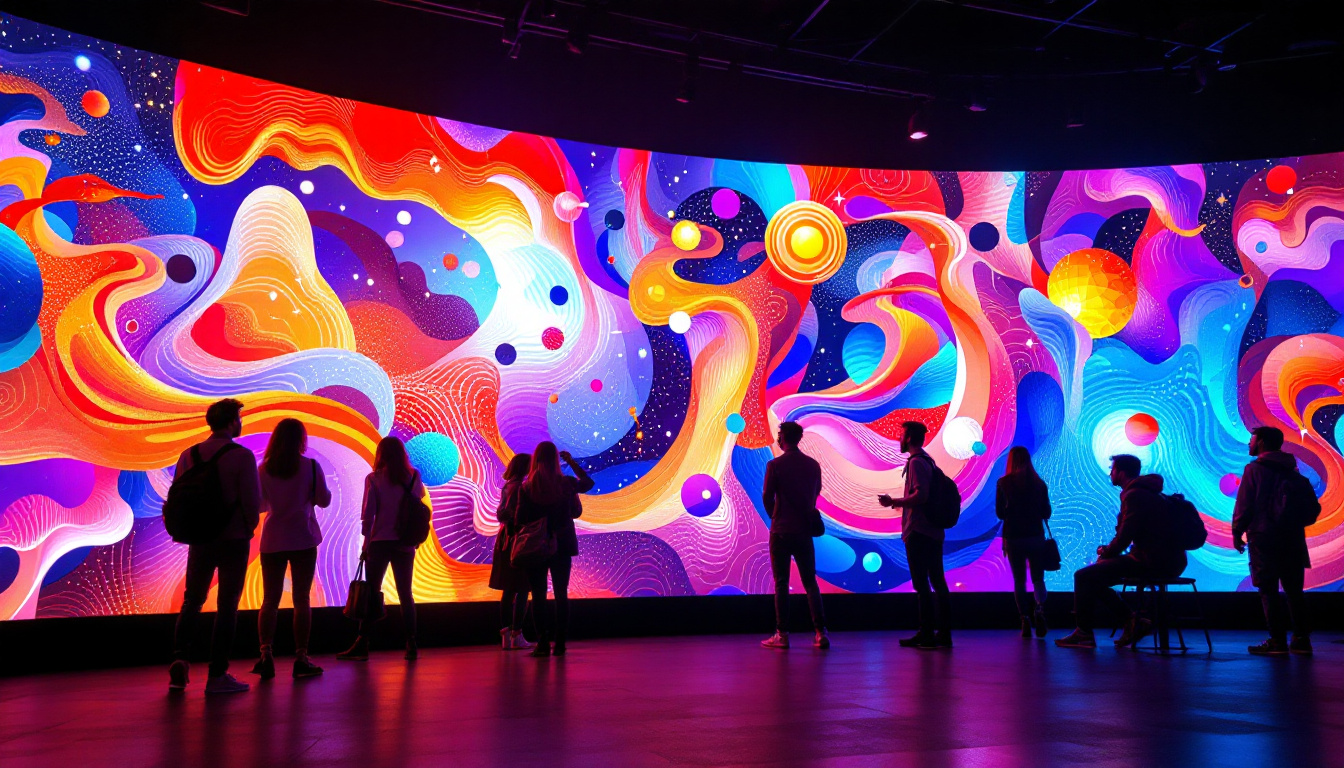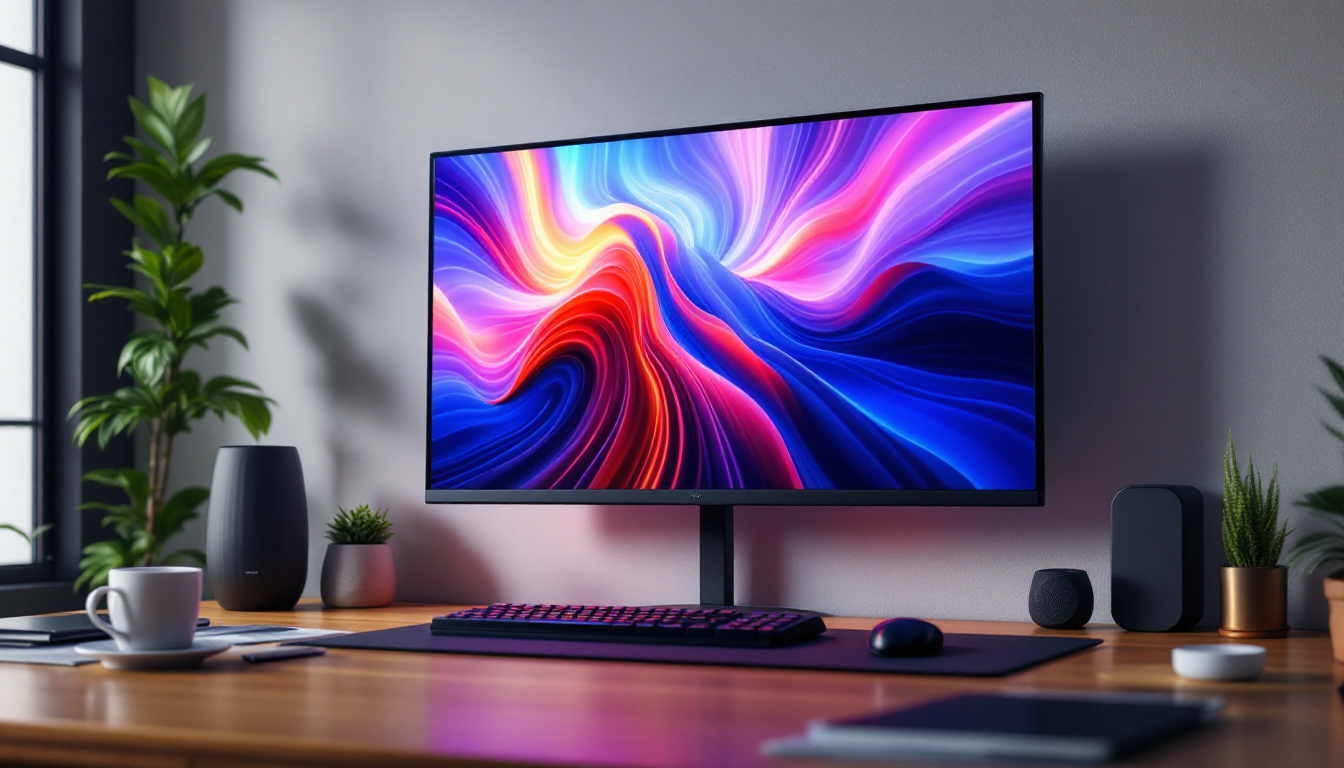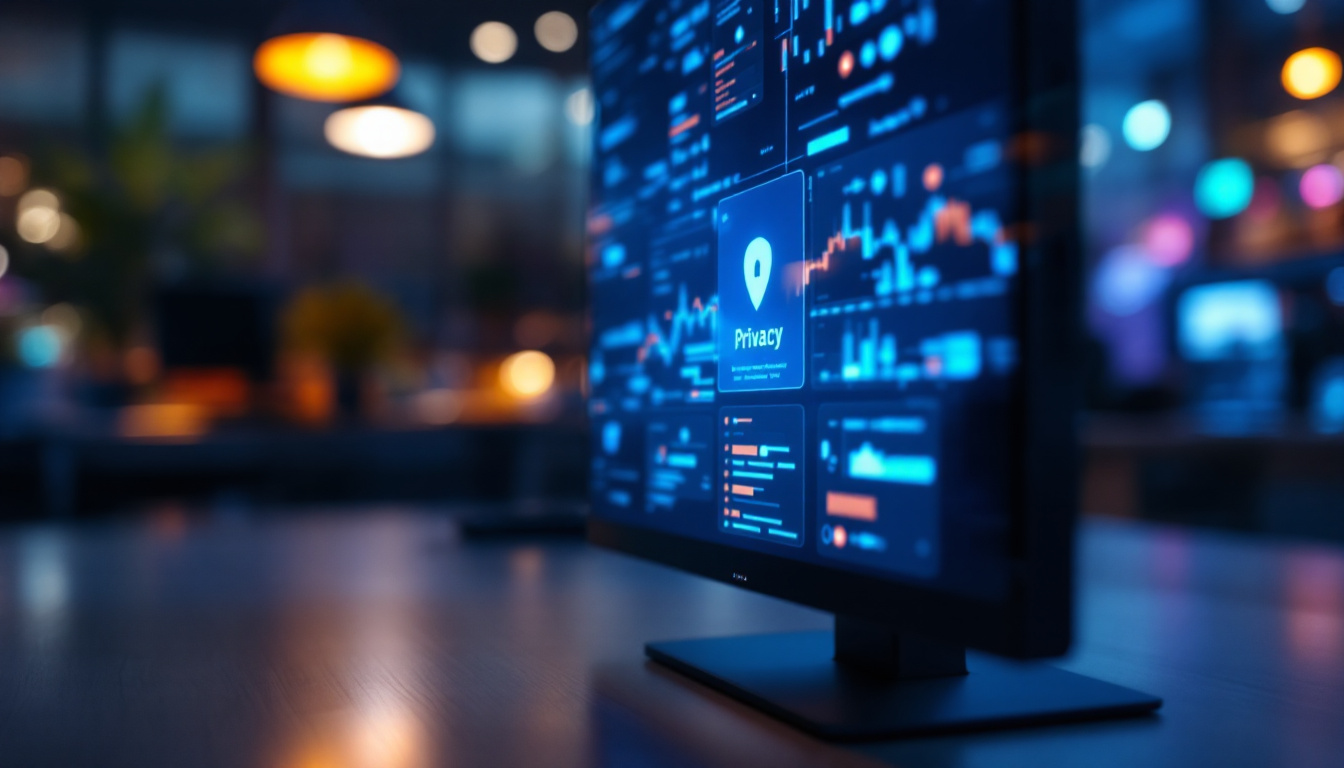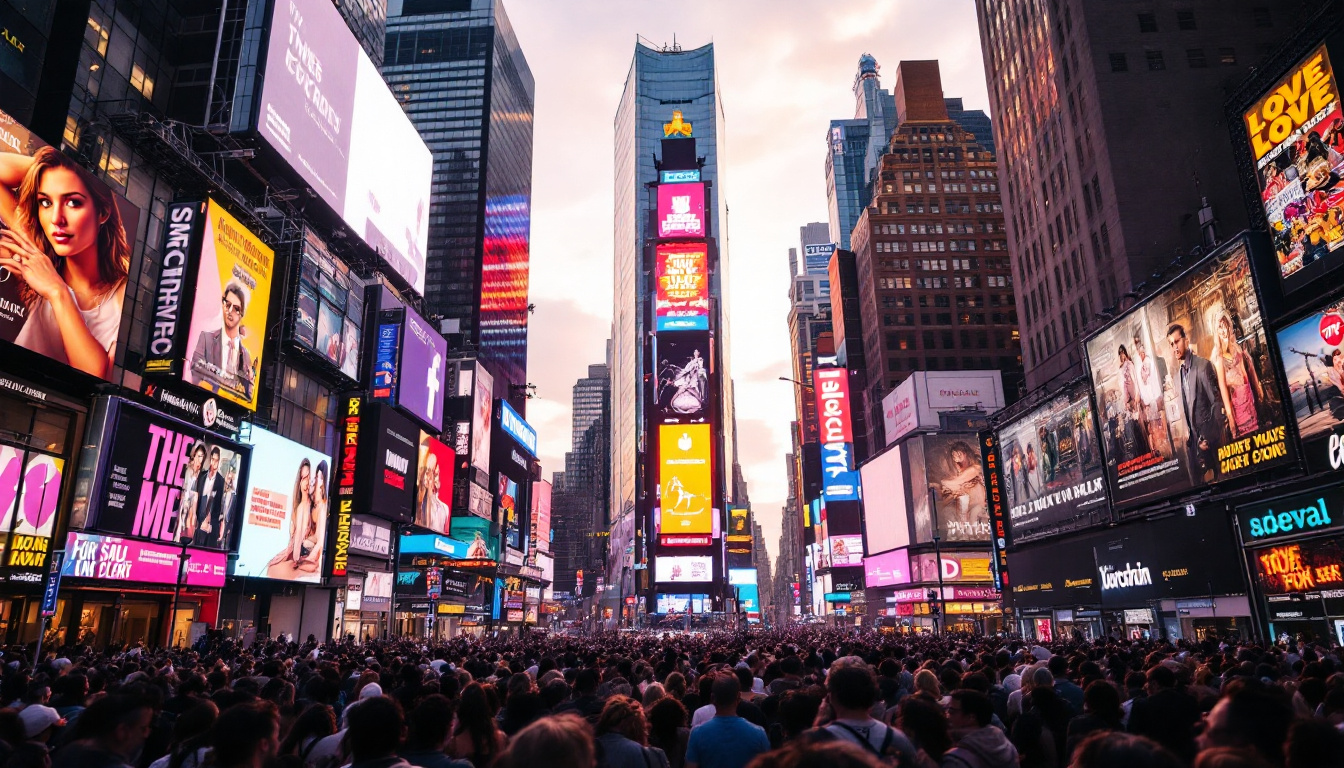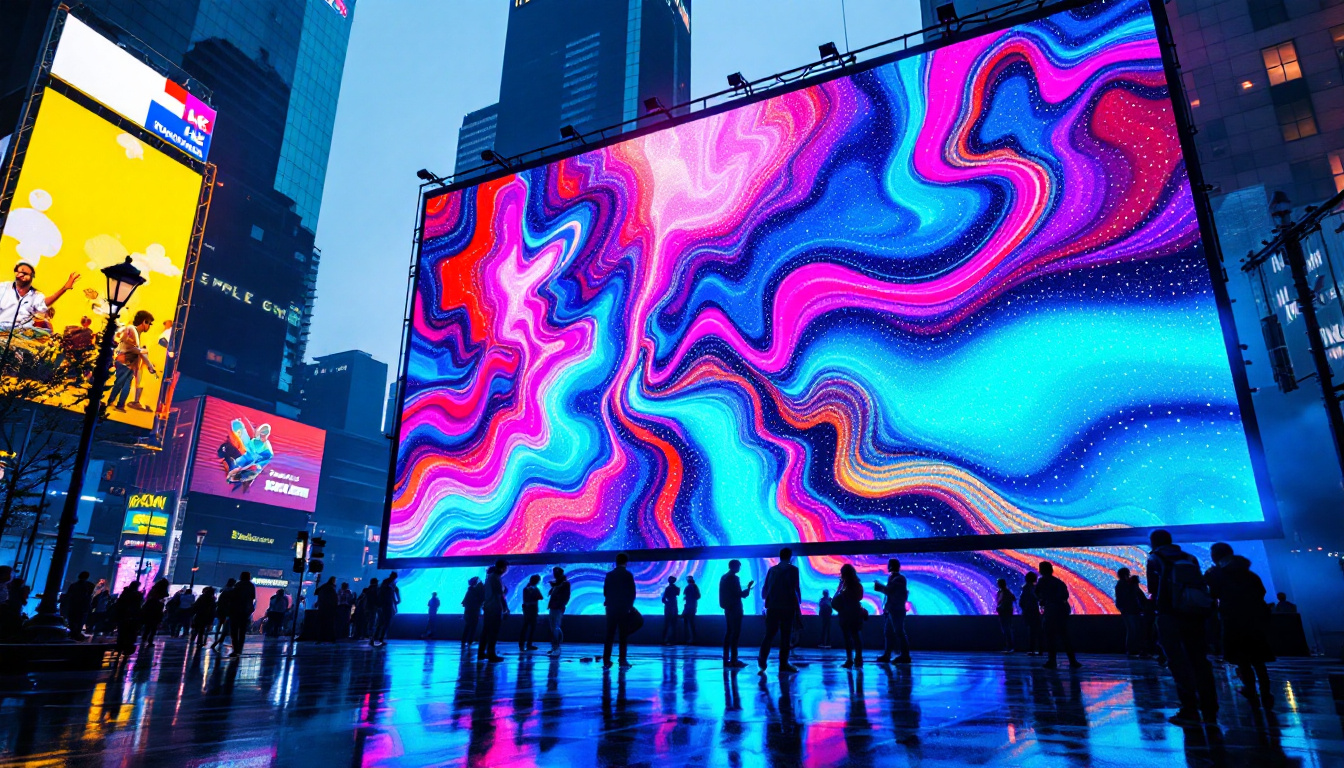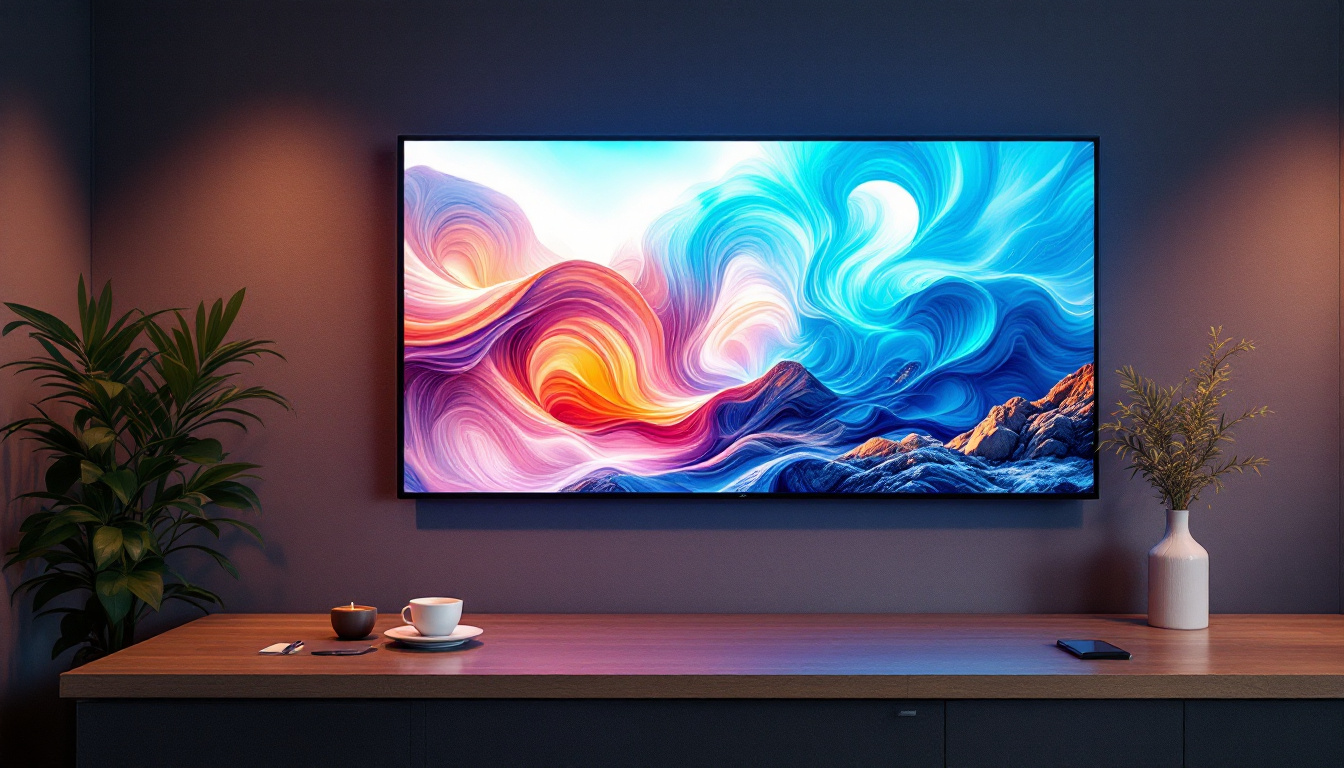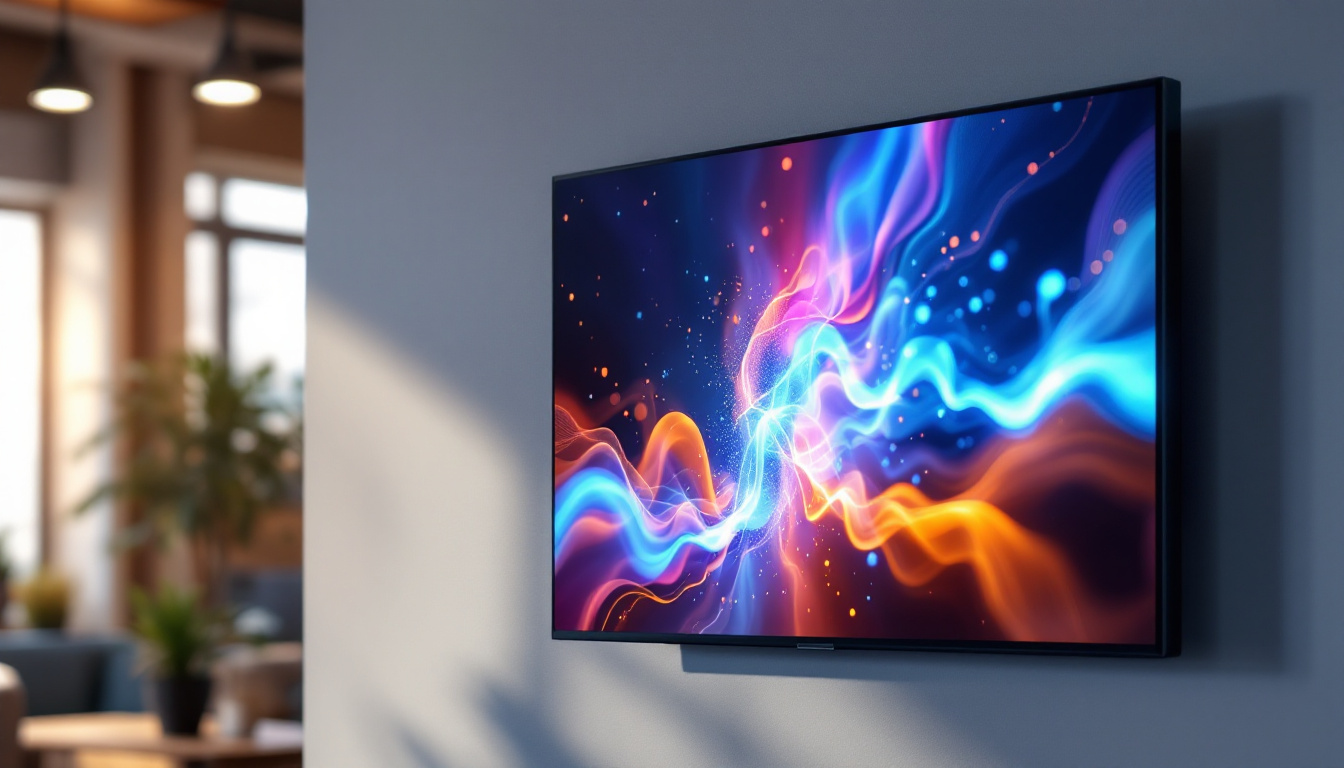In the realm of modern architecture and interior design, LED displays have emerged as a transformative element. These digital screens are not just functional; they are also aesthetic components that can enhance the ambiance of any space. This article delves into the intricacies of LED displays, exploring their types, applications, and the role of wall contractors in their installation and maintenance.
Understanding LED Displays
LED displays, or Light Emitting Diode displays, are screens that utilize an array of LEDs to produce images and videos. They are known for their brightness, energy efficiency, and versatility, making them suitable for a wide range of applications from advertising to entertainment. The technology behind LED displays has evolved significantly over the years, leading to various types that cater to different needs.
Types of LED Displays
There are several types of LED displays, each designed for specific uses. The most common include:
- Indoor LED Displays: These are typically used in environments such as shopping malls, conference rooms, and theaters. They offer high resolution and vibrant colors, making them ideal for close viewing.
- Outdoor LED Displays: Built to withstand harsh weather conditions, outdoor LED displays are often used for billboards and large advertising screens. They are designed to be highly visible even in bright sunlight.
- Transparent LED Displays: These innovative displays allow for visibility through the screen while showcasing images or videos. They are often used in retail spaces to create eye-catching displays without obstructing the view of the products behind them.
How LED Displays Work
The operation of LED displays is based on the principle of electroluminescence. When an electric current passes through the semiconductor material in the LED, it emits light. This technology allows for the creation of vibrant colors and high contrast ratios, which are essential for effective visual communication.
LED displays are composed of multiple pixels, each made up of red, green, and blue (RGB) diodes. By varying the intensity of these colors, a wide spectrum of hues can be produced. This pixel-based structure also enables the display to show dynamic content, making it a preferred choice for advertisements and informational displays.
In addition to their impressive visual capabilities, LED displays are also favored for their longevity and low maintenance requirements. Unlike traditional display technologies, such as LCD or plasma screens, LEDs have a much longer lifespan, often exceeding 50,000 hours of continuous use. This durability not only reduces the frequency of replacements but also contributes to lower overall operational costs. Moreover, advancements in LED technology have led to the development of features such as smart connectivity, allowing these displays to be integrated with various digital platforms for real-time content updates.
Another significant advantage of LED displays is their environmental impact. Many manufacturers are now focusing on creating energy-efficient models that consume less power while delivering high-quality visuals. This shift not only benefits businesses looking to reduce their carbon footprint but also aligns with global sustainability goals. Furthermore, the ability to recycle and repurpose old LED components means that as technology advances, we can minimize electronic waste and promote a more sustainable approach to display technology.
Applications of LED Displays
The versatility of LED displays allows them to be utilized in various sectors, each benefiting from the unique features of this technology. From retail to entertainment, the applications are vast and impactful.
Advertising and Marketing
One of the most prominent applications of LED displays is in advertising. Businesses use these displays to capture attention and convey messages effectively. The bright, dynamic content can attract potential customers and enhance brand visibility.
Outdoor LED billboards, for example, can showcase multiple advertisements in a single location, rotating between different messages throughout the day. This not only maximizes exposure but also allows for targeted advertising based on the time of day or audience demographics.
Entertainment and Events
In the entertainment industry, LED displays have revolutionized the way audiences experience events. Concerts, sports events, and exhibitions often feature large LED screens that provide real-time visuals, enhancing the overall experience.
These displays can be used to show live feeds, promotional content, or even interactive elements that engage the audience. The ability to create stunning visual effects and animations adds a layer of excitement that traditional screens cannot match.
Corporate and Educational Use
LED displays are increasingly being adopted in corporate and educational settings. In offices, they can serve as digital signage for announcements, schedules, and presentations. Their ability to display real-time data makes them invaluable for communicating information efficiently.
In educational institutions, LED displays can enhance learning experiences by providing interactive content that engages students. They can be used in classrooms for presentations or in auditoriums for larger audiences, making information more accessible and visually appealing.
The Role of Wall Contractors in LED Display Installation
Wall contractors play a crucial role in the successful installation and maintenance of LED displays. Their expertise ensures that these sophisticated systems are integrated seamlessly into various environments, maximizing their functionality and aesthetic appeal.
Installation Process
The installation of LED displays involves several steps, beginning with site assessment. Wall contractors evaluate the location to determine the best type of display, considering factors such as visibility, audience distance, and environmental conditions.
Once the appropriate display is selected, contractors prepare the site for installation. This may involve structural modifications to support the weight of the display and ensure proper electrical connections. The installation process requires precision and expertise, as even minor misalignments can affect the display’s performance.
Maintenance and Support
After installation, ongoing maintenance is essential to keep LED displays functioning optimally. Wall contractors provide support services that include regular inspections, cleaning, and troubleshooting. This proactive approach helps to identify potential issues before they escalate, ensuring that the display remains operational and visually appealing.
Additionally, wall contractors can assist in updating content and software, ensuring that the display continues to meet the evolving needs of the business or organization. This ongoing relationship between contractors and clients is vital for maximizing the return on investment in LED technology.
Benefits of Using LED Displays
The advantages of LED displays extend beyond their visual appeal. They offer numerous benefits that make them an attractive option for businesses and organizations.
Energy Efficiency
One of the most significant benefits of LED technology is its energy efficiency. LED displays consume less power compared to traditional display technologies, such as LCD or projection systems. This not only reduces operational costs but also aligns with sustainability goals by minimizing energy consumption.
Furthermore, the longevity of LED displays means fewer replacements and less waste, contributing to a more environmentally friendly approach to visual communication.
High Quality and Versatility
LED displays are known for their high-quality visuals, with bright colors and sharp contrasts that enhance viewer engagement. Their versatility allows for various configurations, from small screens in retail environments to massive outdoor billboards.
This adaptability makes LED displays suitable for a wide range of applications, ensuring that they can meet the specific needs of different industries and settings.
Challenges and Considerations
While LED displays offer numerous benefits, there are also challenges and considerations that must be taken into account when planning their installation and use.
Initial Investment Costs
The initial investment for LED displays can be significant, particularly for high-quality models. Businesses must weigh the upfront costs against the long-term benefits, including energy savings and increased visibility.
However, many organizations find that the return on investment justifies the initial expenditure, especially when considering the potential for increased sales and customer engagement.
Technical Expertise
Installing and maintaining LED displays requires specialized knowledge and skills. Organizations may need to rely on professional wall contractors to ensure that the installation is done correctly and that ongoing maintenance is performed effectively.
This reliance on technical expertise can add to operational costs, but it is essential for maximizing the display’s performance and lifespan.
The Future of LED Displays
The future of LED displays looks promising, with ongoing advancements in technology and design. As the demand for dynamic visual content continues to grow, innovations in LED technology are likely to emerge.
Emerging Technologies
New developments in LED technology, such as organic LEDs (OLEDs) and microLEDs, are paving the way for even more advanced display options. These technologies offer improved color accuracy, flexibility, and thinner profiles, expanding the possibilities for integration into various environments.
Additionally, the integration of artificial intelligence and interactive features is expected to enhance the capabilities of LED displays, allowing for more personalized and engaging experiences for viewers.
Increasing Adoption Across Industries
As the benefits of LED displays become more widely recognized, their adoption is expected to increase across various sectors. From retail to healthcare, organizations are leveraging this technology to enhance communication, improve customer experiences, and drive engagement.
As more businesses recognize the value of LED displays, the market is likely to expand, leading to further innovations and competitive pricing, making this technology accessible to a broader audience.
Conclusion
LED displays have revolutionized the way information is communicated and experienced in various environments. Their versatility, energy efficiency, and visual impact make them an invaluable asset for businesses and organizations. Wall contractors play a critical role in ensuring the successful installation and maintenance of these displays, contributing to their long-term effectiveness.
As technology continues to evolve, the future of LED displays promises even greater advancements, making them an essential component of modern visual communication strategies. Embracing this technology can lead to enhanced engagement, increased visibility, and ultimately, greater success in an increasingly competitive landscape.
Discover LumenMatrix’s Innovative LED Display Solutions
Ready to elevate your space with the latest in LED display technology? LumenMatrix offers a comprehensive range of cutting-edge LED display modules designed to bring your visual communication to life. From vibrant Indoor LED Wall Displays to robust Outdoor LED Wall Displays, and from dynamic Vehicle LED Displays to sleek LED Poster Displays, our solutions are tailored to meet your unique needs. Experience the power of LED Sports Displays, interactive Floor LED Displays, and the versatility of Custom and All-in-One LED Display options, including our pioneering LED Transparent Displays. Embrace the future with LumenMatrix and transform your business’s visual engagement. Check out LumenMatrix LED Display Solutions today and start your journey towards unparalleled brand visibility and captivating visual experiences.

